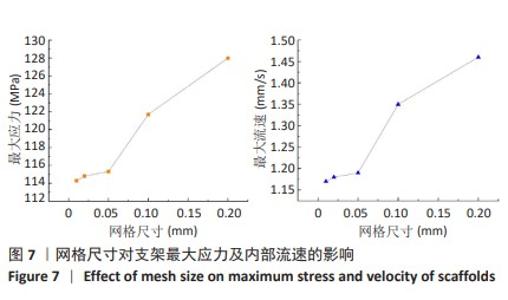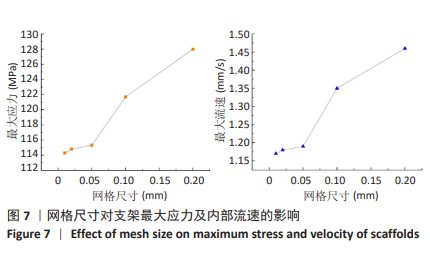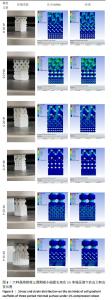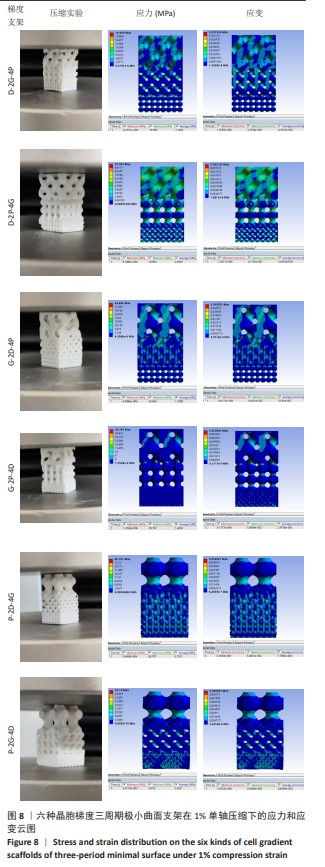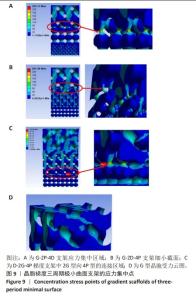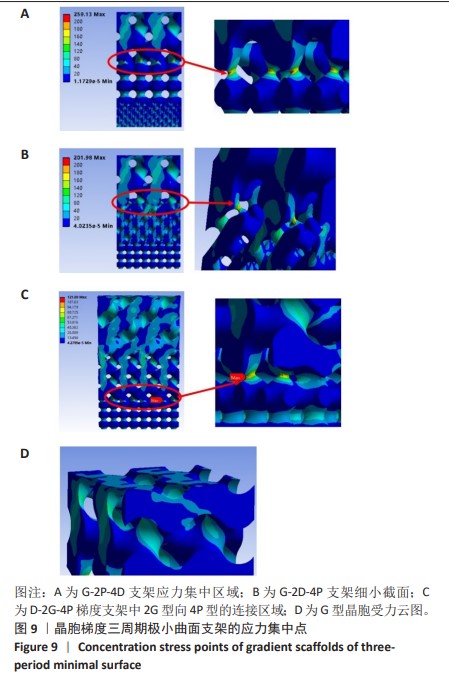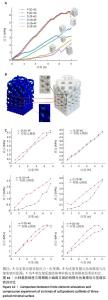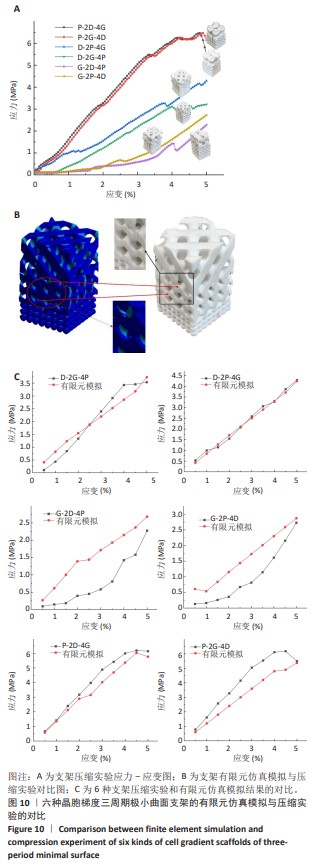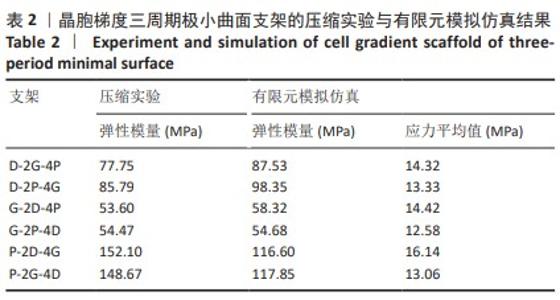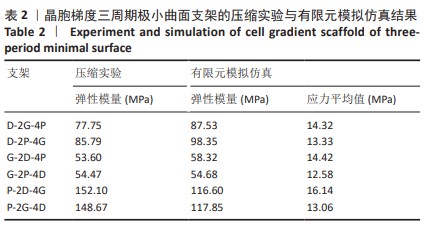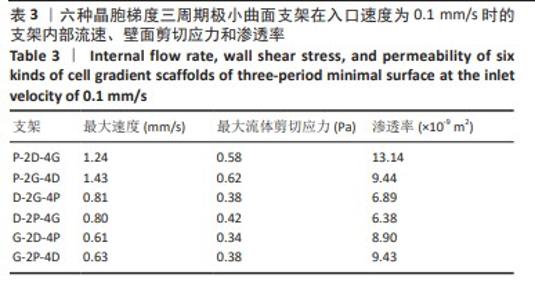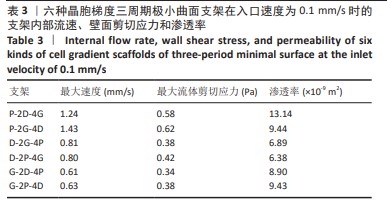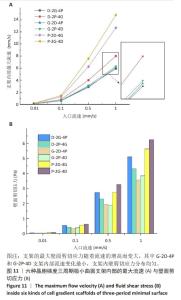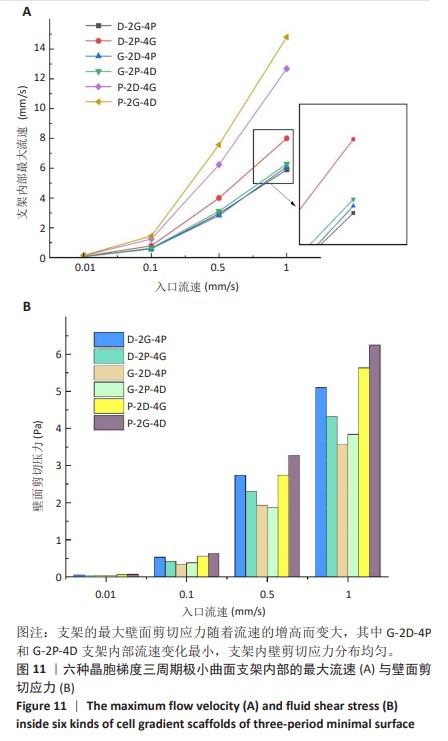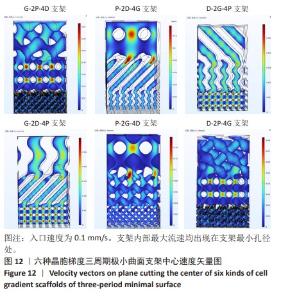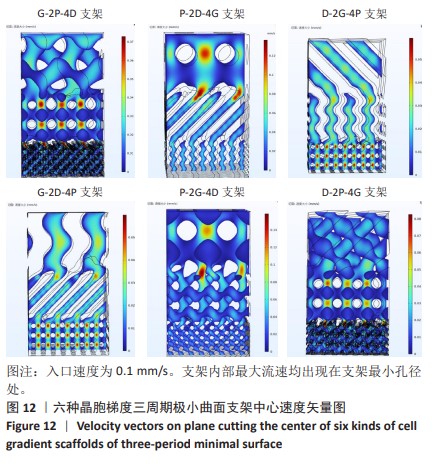1] ZHAO D, ZHU T, LI J, et al. Ding Poly(lactic-co-glycolic acid)-based composite bone-substitute materials. Bioact Mater. 2020;6(2):346-360.
[2] SHUAI C, YANG W, FENG P, et al. Pan Accelerated degradation of HAP/PLLA bone scaffold by PGA blending facilitates bioactivity and osteo conductivity. Bioact Mater. 2020;6(2):490-502.
[3] HUANG X, LOU Y, DUAN Y, et al. Biomaterial scaffolds in maxillofacial bone tissue engineering: A review of recent advances. Bioact Mater. 2023;33:129-156.
[4] WANG X, XU S, ZHOU S, et al. Topological design and additive manufacturing of porous metals for bone scaffolds and orthopaedic implants: A review. Biomaterials. 2016;83:127-141.
[5] QU HW, FU HY, HAN ZY, et al. Biomaterials for bone tissue engineering scaffolds: a review. Rsc Adv. 2019;9(45):26252-26262.
[6] BOSCHETTI F, PENNATI G, GERVASO F, et al. Biomechanical properties of human articular cartilage under compressive loads. Biorheology. 2004;41(3-4):159-166.
[7] 万李,王海蟒,蔡谞,等.骨软骨组织工程仿生梯度支架研究进展[J].材料工程,2022,50(2):38-49.
[8] ZHANG B, HUANG J, NARAYAN RJ. Gradient scaffolds for osteochondral tissue engineering and regeneration. J Mater Chem B. 2020;8(36): 8149-8170.
[9] KADKHODAPOUR J, MONTAZERIAN H, DARABI AC, et al. The relationships between deformation mechanisms and mechanical properties of additively manufactured porous biomaterials. J Mech Behav Biomed Mater. 2017;70:28-42.
[10] WEIßMANN V, BADER R, HANSMANN H, et al. Influence of the structural orientation on the mechanical properties of selective laser melted Ti6A14V open porous scaffolds. Mater Design. 2016;95: 188-197.
[11] GUO M, LI X. Development of porous Ti6A14V/chitosan sponge composite scaffold for orthopedic applications. Mater Sci Eng C Mater Biol Appl. 2016;58:1177-1181.
[12] 高芮宁,李祥.径向梯度多孔支架设计与力学性能分析[J].机械工程学报,2021,57(3):220-226.
[13] Salmani MM, Hashemian M, KHANDAN A. Therapeutic effect of magnetic nanoparticles on calcium silicate bioceramic in alternating field for biomedical application. Ceram Int.2020;46(17):27299-27307.
[14] 陈华伟,伍权.骨支架多孔结构建模综述[J].现代制造工程,2019(6): 147-153.
[15] WANG K, XIONG D. Construction of lubricant composite coating on Ti6A14 V alloy using micro-arc oxidation and grafting hydrophilic polymer. Mater Sci Eng C Mater Biol Appl. 2018;90:219-226.
[16] YANG N, TIAN YL, ZHANG DW. Novel real function based method to construct heterogeneous porous scaffolds and additive manufacturing for use in medical engineering. Med Eng Phys. 2015;37(11):1037-1046.
[17] MEYER U, BÜCHTER A, NAZER N, et al. Design and performance of a bioreactor system for mechanically promoted three-dimensional tissue engineering. Br J Oral Maxillofac Surg. 2006;44(2):134-140.
[18] HOLLISTER SJ. Porous scaffold design for tissue engineering. Nat Mater. 2005;4(7):518-524.
[19] ZHANG L, SONG B, YANG L, et al. Tailored mechanical response and mass transport characteristic of selective laser melted porous metallic biomaterials for bone scaffolds. Acta Biomater. 2020;112:298-315.
[20] ZHANG XY, FANG G, LEEFLANG S, et al. Topological design, permeability and mechanical behavior of additively manufactured functionally graded porous metallic biomaterials. Acta Biomater. 2019;84:437-452.
[21] CASTRO AG, PIRES T, SANTOS JE, et al. Permeability versus design in TPMS scaffolds. Materials. 2019;12(8):1313.
[22] KADKHODAPOUR J, MONTAZERIAN H, RAEISI S. Investigating internal architecture effect in plastic deformation and failure for TPMS based scaffolds using simulation methods and experimental procedure. Mater Sci Eng C Mater Biol Appl. 2014;43:587-597.
[23] MONTAZERIAN H, DAVOODI E, ASADI-EYDIVAND M, et al. Porous scaffold internal architecture design based on minimal surfaces: A compromise between permeability and elastic properties. Mater Design. 2017;126:98-114.
[24] YU GS, LI ZB, LI SJ, et al. The select of internal architecture for porous Ti alloy scaffold: a compromise between mechanical properties and permeability. Mater Design. 2020;192:08754.
[25] MONTAZERIAN H, MOHAMED MGA, MONTAZERI MM, et al. Permeability and mechanical properties of gradient porous PDMS scaffolds fabricated by 3D-printed sacrificial templates designed with minimal surfaces. Acta Biomater. 2019;96:149-160.
[26] HU C, LIN H. Heterogeneous porous scaffold generation using trivariate B-spline solids and triply periodic minimal surfaces. Graph Model. 2021;115:101105.
[27] 石志良,阮鹏成,高杰,等.钛合金变形Gyroid单元梯度多孔结构设计与分析[J].稀有金属材料与工程,2023,52(3):1155-1161.
[28] 丁佳伟.功能梯度TPMS支架的结构设计及性能研究[D].长春:吉林大学,2022.
[29] 张壮雅,赵珂,李跃松,等.基于体素和三周期极小曲面的骨支架多孔结构设计[J].计算机集成制造系统,2020,26(3):697-706.
[30] OLIVARES AL, MARSAL E, PLANELL JA, et al. Finite element study of scaffold architecture design and culture conditions for tissue engineering. Biomaterials. 2009;30(30):6142-6149.
[31] 刘志强,宫赫,高甲子,等.基于三周期极小曲面的新型梯度支架设计及其力学、渗透、组织分化特性研究[J].生物医学工程学杂志,2021,38(5):960-968.
[32] BIEMOND JE, AQUARIUS R, VERDONSCHOT N, et al. Frictional and bone ingrowth properties of engineered surface topographies produced by electron beam technology. Arch Orthop Trauma Surg. 2011;131(5): 711-718.
[33] WANG X, XU S, ZHOU S, et al. Topological design and additive manufacturing of porous metals for bone scaffolds and orthopaedic implants: a review. Biomaterials. 2016;83:127-141.
[34] MA S, TANG Q, FENG QX, et al. Mechanical behaviours and mass transport properties of bone-mimicking scaffolds consisted of gyroid structures manufactured using selective laser melting Mech Behav Biomed Mater. 2019;93:158-169. |
